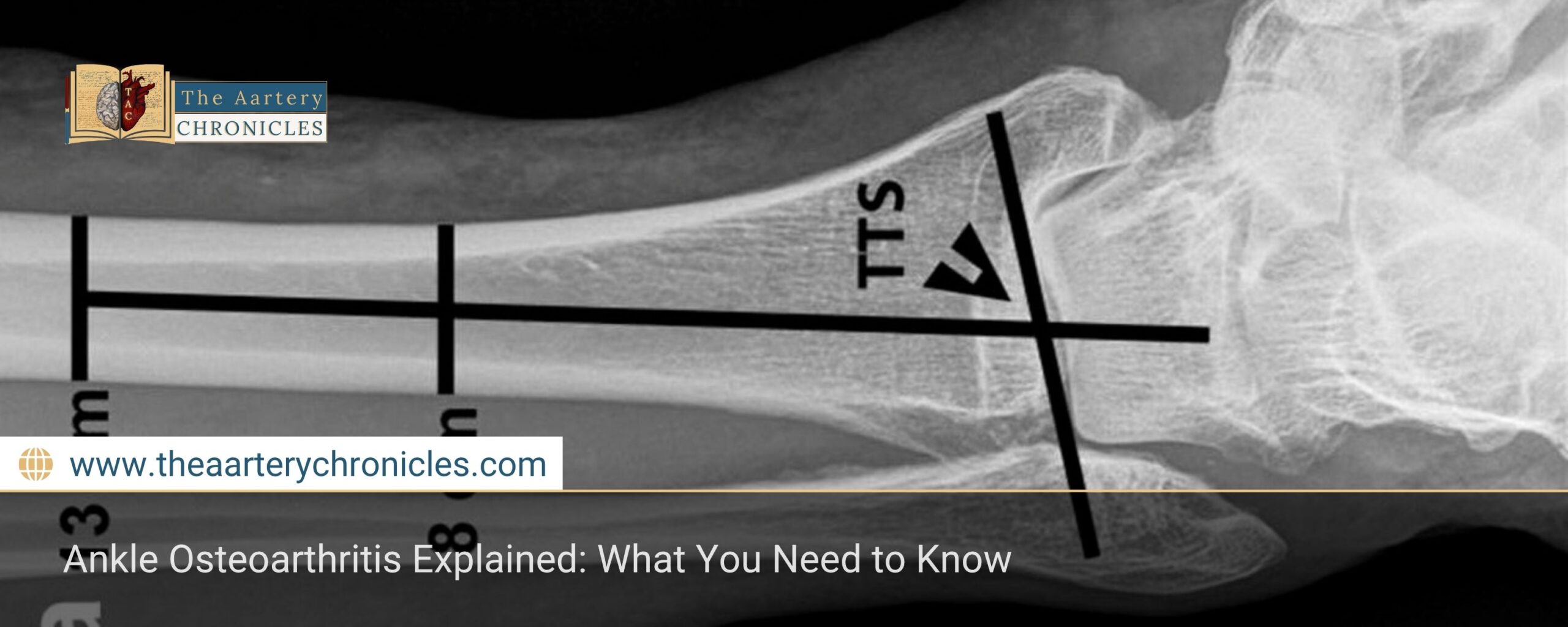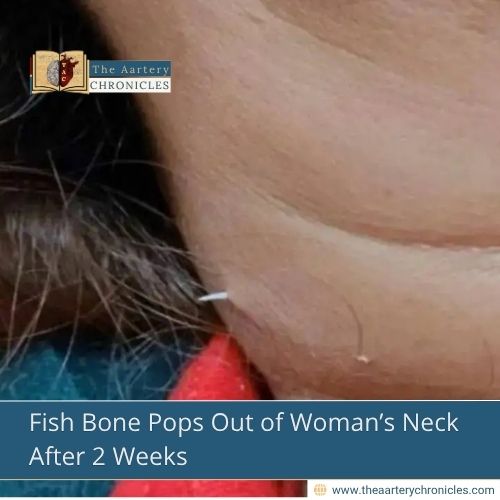

Ankle Osteoarthritis Explained: What You Need to Know
Introduction
Ankle osteoarthritis is a degenerative disease that affects the ankle joint, leading to the deterioration of the cartilage lining the bones. This condition can cause pain, stiffness, and difficulty moving, negatively impacting quality of life. Although ankle osteoarthritis is less common than osteoarthritis of other joints, such as the knee or hip, it can be just as debilitating. In this article, we’ll explore the causes, symptoms, and treatments of ankle osteoarthritis, providing a comprehensive guide on how to address this condition.
What Is Ankle Osteoarthritis?
Ankle osteoarthritis is a chronic disease characterized by the progressive deterioration of the cartilage covering the bones of the ankle joint—the tibia, fibula, and talus. Cartilage serves to protect the bones and allow for smooth, painless movement of the joint. Over time, due to trauma or wear and tear, this cartilage wears away, leading to direct rubbing between the bones, which causes pain and inflammation.
Ankle osteoarthritis can be classified into two main forms:
- Primary osteoarthritis: developed without an apparent cause, often related to aging.
- Secondary osteoarthritis: resulting from previous trauma, such as a fracture or severe sprain, or from inflammatory diseases, such as rheumatoid arthritis.
Causes Of Ankle Osteoarthritis
1. Previous traumas and injuries
One of the main causes of ankle osteoarthritis is previous joint trauma. Fractures, sprains, or dislocations of the ankle can damage the cartilage and surrounding structures, accelerating the degeneration process. Even if the trauma heals, the residual damage can lead to cartilage wear over time, thus developing osteoarthritis.
2. Age-related wear and tear
As we age, ankle cartilage can naturally deteriorate due to daily wear and tear. This is especially common in older people, who are more likely to develop primary osteoarthritis. However, not all older people develop ankle osteoarthritis, as other factors, such as body weight and lifestyle, can influence the development of the disease.
3. Overweight and obesity
Overweight and obesity are significant risk factors for developing ankle osteoarthritis. Excess weight puts increased pressure on the ankle joint, accelerating cartilage wear and increasing the risk of inflammation. Reducing body weight can slow the progression of the disease and reduce pain.
4. Structural anomalies
Structural defects of the foot or ankle, such as abnormal bone alignment or excessive pronation of the foot, can contribute to uneven cartilage wear and the subsequent development of osteoarthritis. Some inherited joint diseases can also predispose a person to developing ankle osteoarthritis.
5. Inflammatory diseases
Chronic inflammatory diseases, such as rheumatoid arthritis, can cause damage to the cartilage and joints, leading to the development of osteoarthritis. In these cases, osteoarthritis is considered secondary to chronic inflammation affecting the ankle.
Symptoms Of Ankle Osteoarthritis
Symptoms of ankle osteoarthritis tend to develop gradually and worsen over time. The main signs and symptoms include:
- Joint pain: Pain is the main symptom of ankle osteoarthritis. Initially, the pain may be mild and present only after intense or prolonged physical activity, but as the disease progresses, the pain can become more persistent and affect even rest.
- Joint stiffness: People with ankle osteoarthritis may experience stiffness, especially in the morning or after long periods of inactivity. This stiffness can limit joint movement and make daily activities such as walking, climbing stairs, or bending the foot difficult.
- Swelling and inflammation: Inflammation of the joint can cause swelling in the ankle area. This swelling can vary depending on the level of physical activity and the degree of inflammation, and may be accompanied by heat and redness.
- Loss of mobility: As osteoarthritis progresses, the ankle joint may lose some of its mobility. This can make walking difficult and limit other activities that require smooth ankle movements. In more severe cases, the loss of mobility can lead to limping.
- Joint crepitus: Another common symptom of ankle osteoarthritis is joint crepitus, a popping or grinding sound heard during joint movement. This phenomenon is caused by the bones rubbing together due to the lack of protective cartilage.
Treatments For Ankle Osteoarthritis
While there is no cure for ankle osteoarthritis, there are several treatment options that can help manage symptoms and slow the progression of the disease. Treatments include conservative options, such as medications and physical therapy, and surgery in more severe cases.
- Anti-inflammatory drugs: Nonsteroidal anti-inflammatory drugs (NSAIDs) such as ibuprofen and naproxen can be used to reduce inflammation and relieve pain. In some cases, analgesics may be prescribed to manage more severe pain.
- Physical therapy: Physical therapy can be helpful in maintaining mobility and strengthening the muscles around the ankle joint, thus reducing the load on the joint. Targeted exercises to improve flexibility and balance can reduce pain and improve function.
- Insoles and braces: The use of orthopedic insoles or ankle braces can help reduce stress on the joint and correct any misalignments of the foot. These devices can improve walking and prevent further ankle damage.
- Corticosteroid injections: In cases of severe pain and inflammation, corticosteroid injections directly into the joint can provide temporary relief. However, these injections are not a long-term solution and can only be repeated a limited number of times.
- Surgery: In more advanced cases, where conservative treatments no longer provide relief, surgery may be necessary. Options include:
- Arthroscopy: A minimally invasive procedure that can be used to remove fragments of damaged cartilage or inflamed tissue.
- Arthrodesis: fusing of the ankle bones to stabilize the joint and relieve pain, but with loss of motion.
- Ankle replacement: Replacement of the joint with an artificial prosthesis to restore joint function.
6. Lifestyle changes: Changing some daily habits can help reduce pain and slow the progression of ankle osteoarthritis. Losing weight can reduce pressure on the joint and decrease symptoms, while avoiding activities that overload the ankle, such as running on hard surfaces, can prevent it.
Conclusion
Ankle osteoarthritis can be managed with conservative treatments and lifestyle changes, but in more severe cases, surgery can offer a significant improvement in quality of life.









